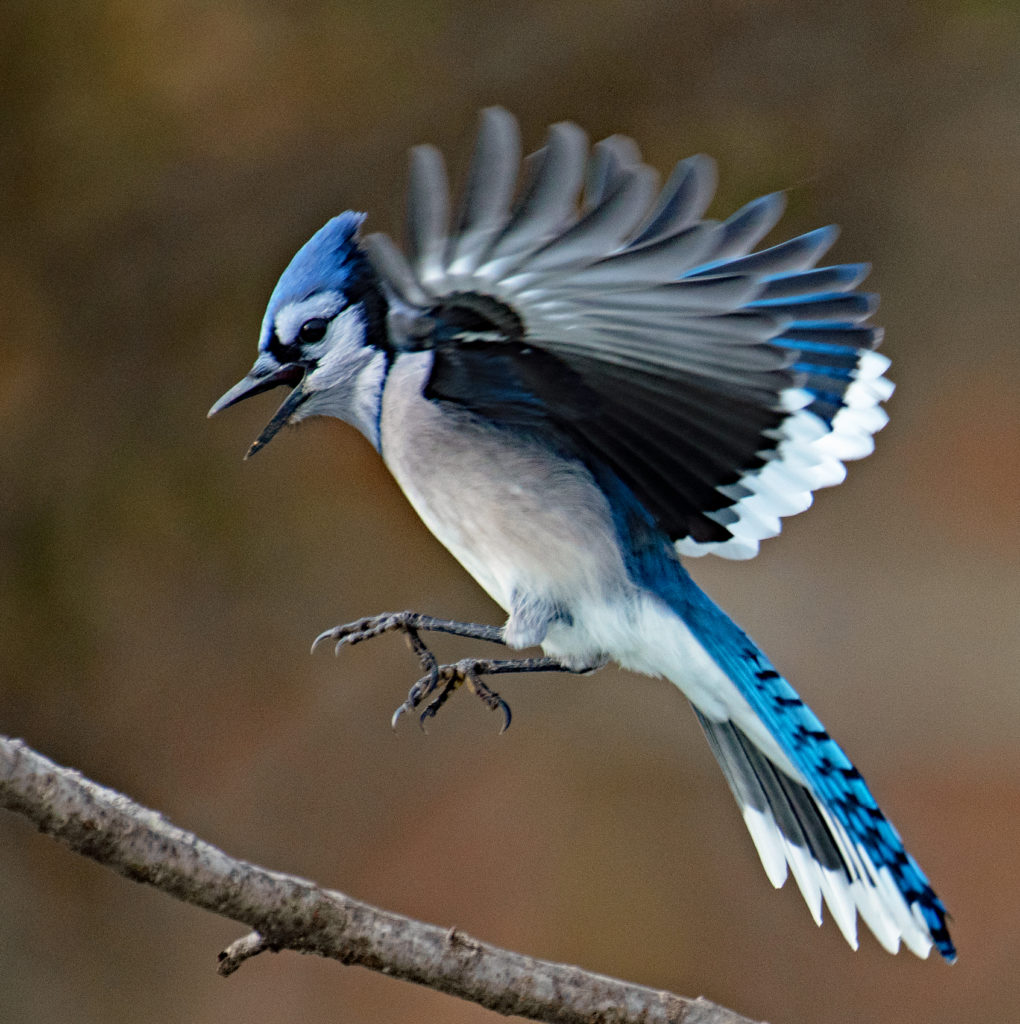
Blue Jay in Flight FeederWatch
The blue jay ( Cyanocitta cristata) is a passerine bird in the family Corvidae, native to eastern North America. It lives in most of the eastern and central United States; some eastern populations may be migratory. Resident populations are also in Newfoundland, Canada; breeding populations are found across southern Canada.

Large Blue Jay With Long Tail UCB
The Blue Jay's color comes from a brown pigment that is present in their feathers. ©Eleanor McDonie/Shutterstock.com. As the name suggests, this bird is blue. However, the color comes from a brown pigment that is present in their feathers. The bird is about 9 to 12 inches in height and merely weighs around 2.5 - 3.5 oz.

Blue Jays Bird Facts
The Black-faced Cuckoo-shrike is one of the most widespread and commonly seen birds in Australia. It is neither a cuckoo nor a shrike but has been named for physical attributes reminiscent of each family. It is also commonly known as the "Blue Jay", although actual Blue Jays are not found in Australia.

9 things to know about blue jays, P.E.I.'s provincial bird CBC News
Other popular names include Blue Jay (a misnomer, there are no Jays in Australia) or Shufflewing, a very apt alternative derived from their distinctive habit of shuffling each wing alternately on alighting. Adults breed as pairs in territories but there are odd records of more than two birds attending a nest.

blue jay Blue jay bird, Blue jay, Beautiful birds
The blue jay ( Cyanocitta cristata) is a talkative, colorful bird commonly seen at North American feeders. The species name aptly translates as "crested blue chattering bird." Fast Facts: Blue Jay Scientific Name: Cyanocitta cristata Common Names: Blue jay, jaybird Basic Animal Group: Bird Size: 9-12 inches Weight: 2.5-3.5 ounces Lifespan: 7 years

Male splendid fairywren Western Australia Birds
Blue jays are natural forest dwellers, but they are also highly adaptable and intelligent birds. They are a familiar and noisy presence around many North American bird feeders. The blue jay's.

beautifulklicks Marina Rozhdestvenskay Blue jay B I R B M A N I A Blue jay, Blue jay bird
It's Caching Food for Later. This common, large songbird is familiar to many people, with its perky crest; blue, white, and black plumage; and noisy calls. Blue Jays are known for their intelligence and complex social systems with tight family bonds. Their fondness for acorns is credited with helping spread oak trees after the last glacial period.

Blue Jay Facts What Do Blue Jays Eat Where Do Blue Jays Live
This is a list of the wild birds found in Australia including its outlying islands and territories, but excluding the Australian Antarctic Territory.The outlying islands covered include: Christmas, Cocos (Keeling), Ashmore, Torres Strait, Coral Sea, Lord Howe, Norfolk, Macquarie and Heard/McDonald.The list includes introduced species, common vagrants and recently extinct species.

bluejayfacts2 Birds Flight
Aves Passeriformes Corvidae Cyanocitta Cyanocitta cristata Blue Jay By Animals Network Team Blue jays are an intelligent species in the Corvidae family. They are related to crows, ravens, rooks, and magpies. These birds are named for, and easily recognized by, their uniquely colorful plumage.
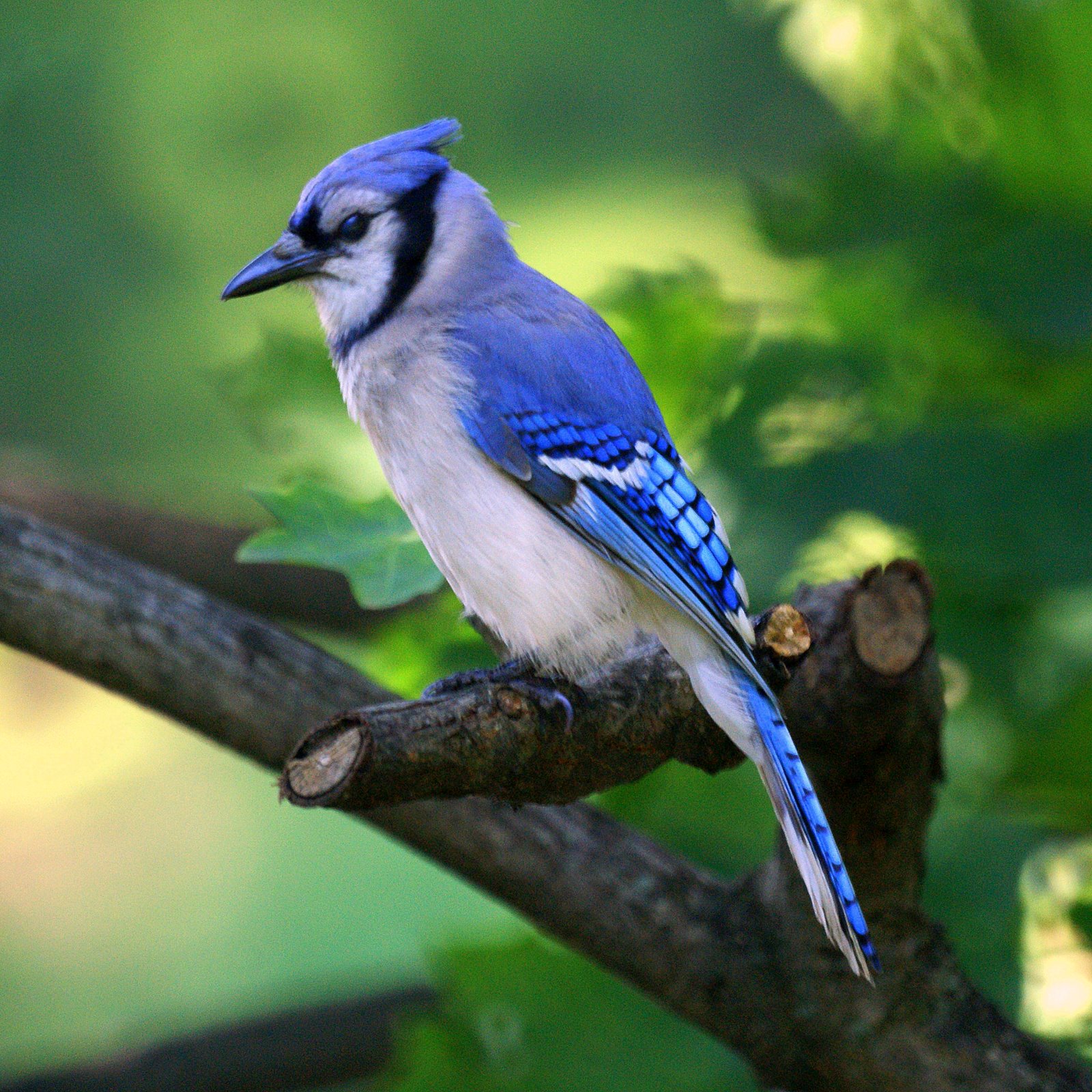
Wild life Blue jay wild birds
The splendid fairywren ( Malurus splendens) is a passerine bird in the Australasian wren family, Maluridae. It is also known simply as the splendid wren or more colloquially in Western Australia as the blue wren.

Blue Jay Blue jay, Birds, Bird
Familiar but stunning jay found year-round throughout most of eastern North America. Bright blue above and pale gray below with a fluffy crest. Also look for black necklace and black and white markings on the wings and tail. Pairs or small groups travel through mature deciduous or coniferous woodlands, often revealing their presence with loud, harsh "jay" calls. Frequently visits bird.
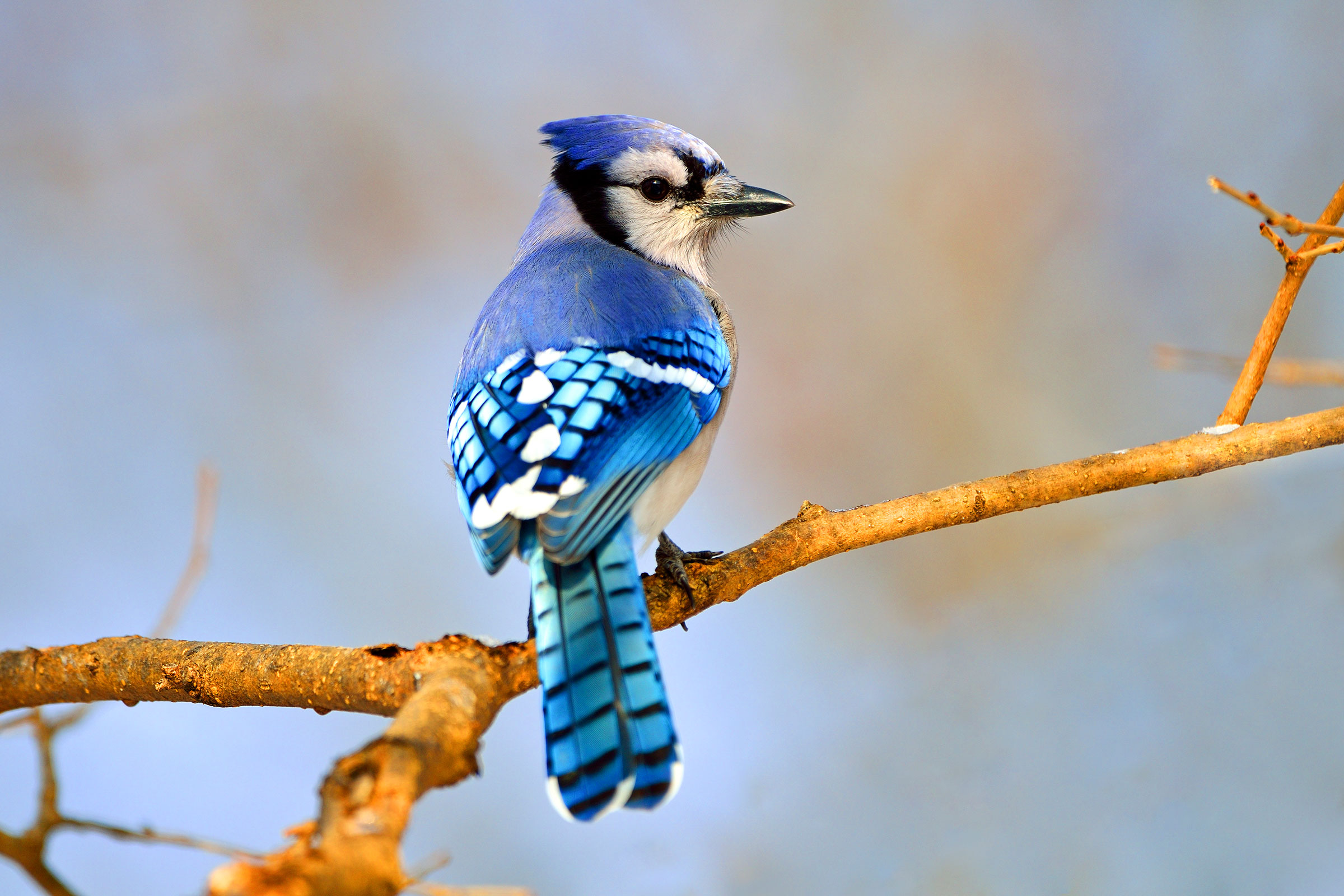
Blue Jay Audubon Field Guide
Discover All 4 Types of Blue Jay Birds (With Pictures) Blue jays are passerines from the Corvidae family and are native to the eastern half of the United States. They are a popular species within the birding community for their brilliant shades of blue, black collars, and prominent crests. But several birds are often mistaken for blue jays.
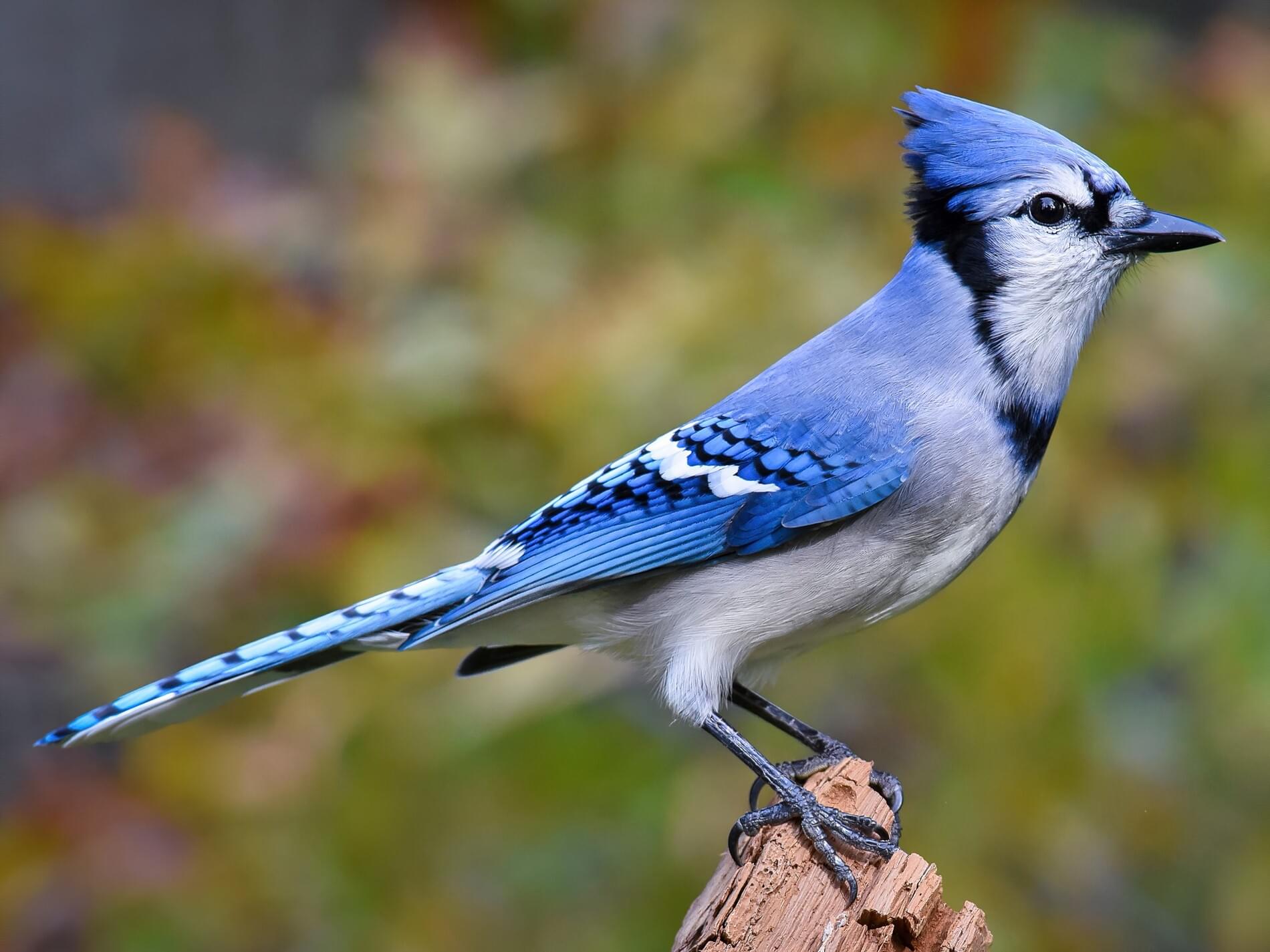
Blue Jay Celebrate Urban Birds
The 30-cm (12-inch) blue jay ( Cyanocitta cristata ), blue and white with a narrow black neckline, is found in North America east of the Rockies. Westward it is replaced by the dark blue, black-crested Steller's jay ( C. stelleri ). The gray jay ( Perisoreus canadensis) inhabits the northern reaches of the…
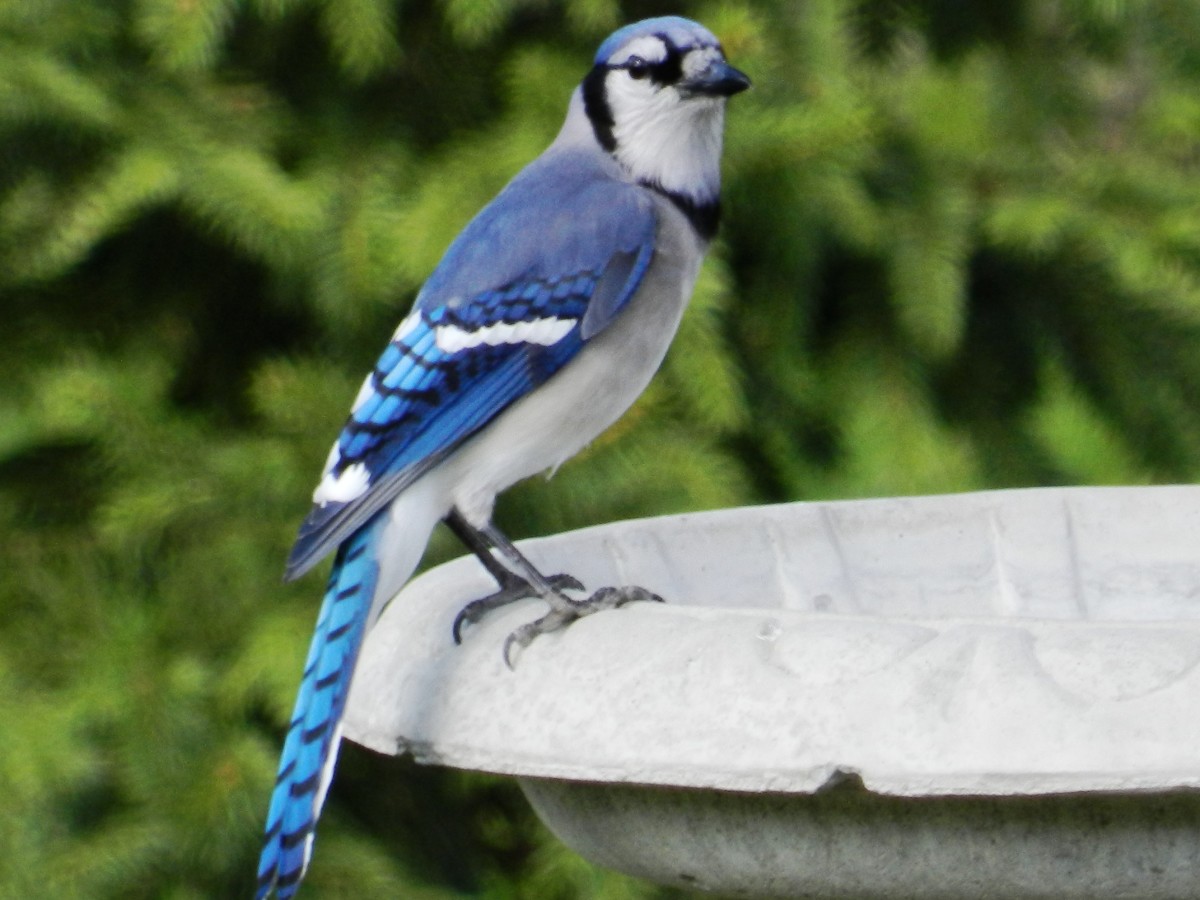
Blue Jay Facts, Pictures, and Behavior Owlcation
Australian Birds: Photos and facts about birds of Australia including habitat, conservation, distribution maps. OzAnimals.com Australian Wildlife HOME BIRDS. A-Z List of Birds; Emu, Cassowary, Ostrich; Grebes; Penguins;. Blue Petrel (Halobaena caerulea) Blue Rock-Thrush (Monticola solitarius) Blue-and-white Flycatcher (Cyanoptila cyanomelana.

Blue Jay
The Blue jay ( Cyanocitta cristata) is a passerine bird in the family Corvidae, native to eastern North America. The name jay derives from the bird's noisy, garrulous nature and has been applied to other birds of the same family, which are also mostly gregarious. Jays are also called jaybirds. Di

The regal blue jay. Wild birds photography, Bird photography, Blue jay
It's Caching Food for Later This common, large songbird is familiar to many people, with its perky crest; blue, white, and black plumage; and noisy calls. Blue Jays are known for their intelligence and complex social systems with tight family bonds. Their fondness for acorns is credited with helping spread oak trees after the last glacial period.